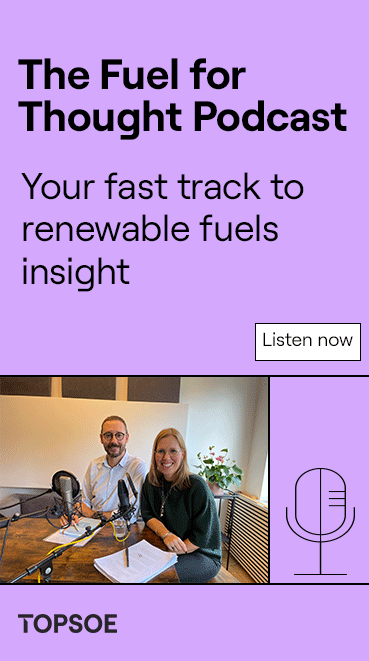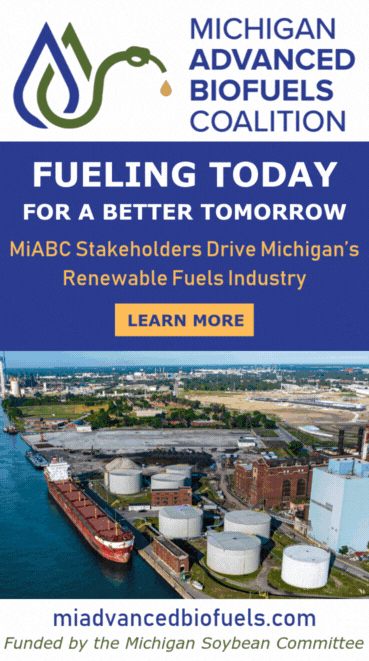Odfjell’s transatlantic voyage uses sails, biofuel to approach carbon neutrality
- Odfjell
- Apr 30
- 3 min read

Odfjell’s chemical tanker Bow Olympus crossed the Atlantic powered by a combination of wind-assisted propulsion and a certified sustainable 100 percent biofuel, the company announced April 25.
This milestone voyage proves how existing technologies and fuels can be paired to accelerate deep-sea shipping’s transition to net-zero emissions.
Real-time data from the voyage confirms that this dual-propulsion approach is not only technically feasible, but also impactful.
The vessel’s greenhouse-gas (GHG) emissions on the current voyage meet the 2050 FuelEU maritime GHG-intensity targets and the International Maritime Organization’s GHG fuel intensity (GFI) direct-compliance targets at least until 2044.
Suction sails surpass energy-harvesting expectations
The power of wind-assisted propulsion has been tested through Bow Olympus’ two first cross-Atlantic voyages.
The four 22-meter suction sails have been operational under varying weather conditions, with the performance closely monitored by Odfjell’s crew and technology team on board and onshore.
“The results have surpassed our expectations,” said Erik Hjortland, Odfjell’s vice president of technology. “Even in good but not perfect wind conditions, we observed a 15 percent to 20 percent energy-saving effect. That translates to 5 tons of fuel saved per day, equivalent to a reduction of 15 tons of CO2 emissions per day. On certain parts of the current voyage, we have seen up to 40 percent fuel-consumption reductions. These are very promising figures. We are thrilled to note that our initial calculations are confirmed and even exceeded.”
Using a new type of artificial intelligence (AI)-based weather-routing system allowed the five-year-old 49,000 deadweight-tonnage vessel to take full advantage of the prevailing-wind conditions.
“One surprising finding is that even light wind as high as 15 degrees on the bow generates noticeable effect,” Hjortland added. “This means that we can probably operate the sails more often than anticipated, positively affecting the already healthy return of investment figures. The sails also offer stabilizing and roll-damping effects. Based on current data, we expect that the sails will continue delivering significant fuel savings on future deep-sea voyages in all basins.”
Dual-propulsion solution moves needle toward net zero
In addition to the sails, Odfjell decided to double the exploration and added another element to Bow Olympus’ current Atlantic crossing—100 percent sustainable biofuel.
The goal was to explore a pathway toward near net-zero operations for a deep-sea vessel.
The bunkered biofuel was sourced from certified sustainable waste materials.
The certification body is accredited by both IMO and EU.
As Bow Olympus was slated to reach European shores in late April, she has demonstrated that the dual-propulsion solution is a realistic pathway to carbon neutrality for deep-sea shipping, 25 years ahead of time.
The voyage shows a full 85 percent reduction in GHG intensity compared to conventional fuels, without technical investments or upgrades required to consume the fuel.
In addition, energy efficiency is improved by 15 percent to 20 percent by the use of sails.
Testing novel innovations while remaining fuel-flexible
Over the past decade, Odfjell has installed more than 140 energy-saving devices on its vessels, improving carbon intensity by more than 53 percent compared to the 2008 IMO baseline.
Having exhausted most conventional upgrades, Odfjell is now focused on next-generation solutions—such as wind propulsion—to meet its 2030 goal of 57 percent carbon-intensity reduction.
To move the needle beyond 57 percent, a fuel switch is required.
Odfjell has chosen to remain flexible, keeping all doors open at a time when the fuel of the future for shipping remains undecided.
The choice of biofuel for this proof-of-concept voyage was done to demonstrate one of the pathways.
“We will now drill into the data, assess the lessons learned and use the experience as a foundation to decide our next steps,” Hjortland said. “There are unknown variables yet to be clarified, such as the impact of varying weather conditions, trade lanes, vessel configurations and more. Still, I am positive that we have begun charting a credible course toward carbon neutrality.”


































